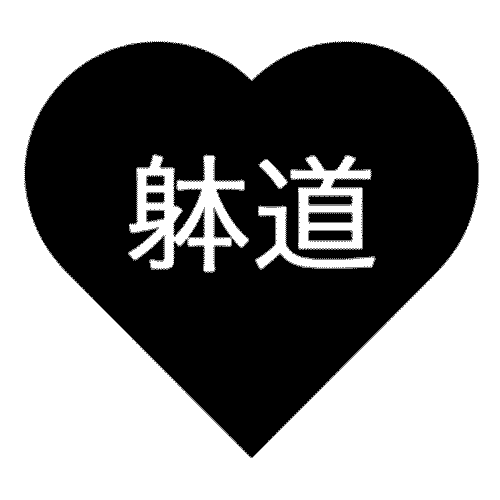I see Taido as a system of principles which prescribe creativity in movement and thought. In my practice, I focus on health, mobility, and personal development through the exploration of creative movement. And I also hit people.
Freedom is a necessary precondition to creativity. In terms of motion, you are limited in your potential performance (your creativity) by your mobility and strength (your freedom to manipulate your body). Taido will increase your agility, strength, and endurance, as well as contributing to your overall health. Taido can be an integral part of a healthy lifestyle. Despite its sophistication, students of all ages, skill levels, and cultural origins, including those with physical and mental disabilities, can learn Taido.
Taido is based on five types of movement: rotation about a vertical axis, vertical displacement, axial tilt, rotation about a tilted axis, and vertical displacement with rotation about one or more axes. These five movements are deployed through two locomotive methods that act as a framework for strategic development. Combined with various hand or foot strikes, throws, and joint manipulations, the five movements and two methods create an infinite variety of possible techniques. These techniques are practiced in formal chains (hokei) and partnered drills (kobo) that progress in a logical manner from basic mobility to complex combative application (jissen).
I don’t believe that Taido can be practiced as a traditional art – it is a radical art. When Seiken Shukumine synthesized Taido, he intended to take the martial arts out of the two-dimensional world of karate and into the multidimensional universe of Einstein. In fact, he referred to Taido as the “three dimensional art of defense” (though I would argue that it serves us better to think in terms of four dimensions). He hoped to release the full potential of human motion for application to martial science. The result is an athletic style of near-gymnastic combat. Watching Taido, one can easily see how it differs from “traditional” karate.
Since Taido was founded in the spirit of evolution, we are all responsible for continuing to evolve the art to greater levels of sophistication and usefulness. This is as true for Taido theory as it is for technique – meaning: I am not pushing any dogma in any aspect of Taido. I don’t believe in canonizing a technical curriculum nor allowing training methods to stagnate. Taido is about changing with science and society and making its practitioners successful in coping with those changes as well.
Taido is for people who want to evolve and develop as humans. This means realizing our full creative potential in all aspects of our lives. Taido can improve your performance in everything you do, and it all begins with learning how to move.
